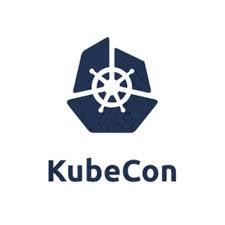Notifications

4 minutes, 14 seconds
-192 Views 0 Comments 0 Likes 0 Reviews

Deploying and managing containerized applications has become the norm for modern cloud-native development. Google Cloud offers two prominent solutions in this space— Google Cloud Run vs GKE. While both are built to support containers, their use cases, complexity, and control levels differ significantly. This guide will help you understand the pros and cons of each, so you can choose the right one based on your project’s needs.
Google Cloud Run is a fully managed compute platform designed to run stateless containers. It abstracts away the underlying infrastructure and lets developers focus solely on writing code. With Cloud Run, containers are automatically scaled based on incoming requests, down to zero when idle—making it a cost-effective solution for intermittent workloads.
Key Benefits of Cloud Run:
Fully managed: No need to manage servers or clusters.
Automatic scaling: Scales up or down depending on traffic.
Pay-per-use: You only pay when your code is running.
Easy deployment: Deploy from a container image with a single command.
Built-in HTTPS and traffic splitting: Easy routing and secure by default.
Cloud Run is ideal for developers looking for simplicity, fast deployments, and scalability without worrying about infrastructure.
GKE, on the other hand, is a powerful managed Kubernetes service. It gives developers and DevOps teams complete control over orchestration, networking, storage, and cluster configuration. If you’re building complex microservices or need custom resource definitions, GKE offers the flexibility and scalability required for large-scale applications.
Key Benefits of GKE:
Fine-grained control: Full access to Kubernetes features and configurations.
Custom resource management: Manage CPU, memory, and storage with precision.
Supports complex workloads: Ideal for microservices, batch jobs, and more.
Ecosystem integration: Easily integrates with CI/CD, monitoring, and logging tools.
Auto-upgrades and auto-repair: Helps manage cluster health and security.
GKE is best suited for organizations that have Kubernetes expertise and need control over infrastructure and deployments.
Use Google Cloud Run when:
You’re deploying a stateless application or microservice.
You want to minimize DevOps overhead.
Your app has sporadic traffic patterns and can benefit from scale-to-zero.
You prefer simplicity over fine-tuned control.
Use GKE when:
You have a team familiar with Kubernetes.
You’re building complex systems with interdependent services.
You require custom networking, storage classes, or sidecars.
You want full control over deployments, autoscaling, and configurations.
Both Cloud Run and GKE are excellent choices for running containers on Google Cloud, but they serve different needs. Google Cloud Run vs GKE is not a matter of one being better than the other—it's about choosing the right tool for the job. For startups, prototypes, and serverless applications, Cloud Run offers speed and simplicity. For mature, large-scale, or intricate applications, GKE delivers the power and flexibility of Kubernetes.
Evaluate your application architecture, team skillset, and operational needs to make an informed decision. Either way, you're building on a strong foundation supported by Google’s robust cloud infrastructure.

